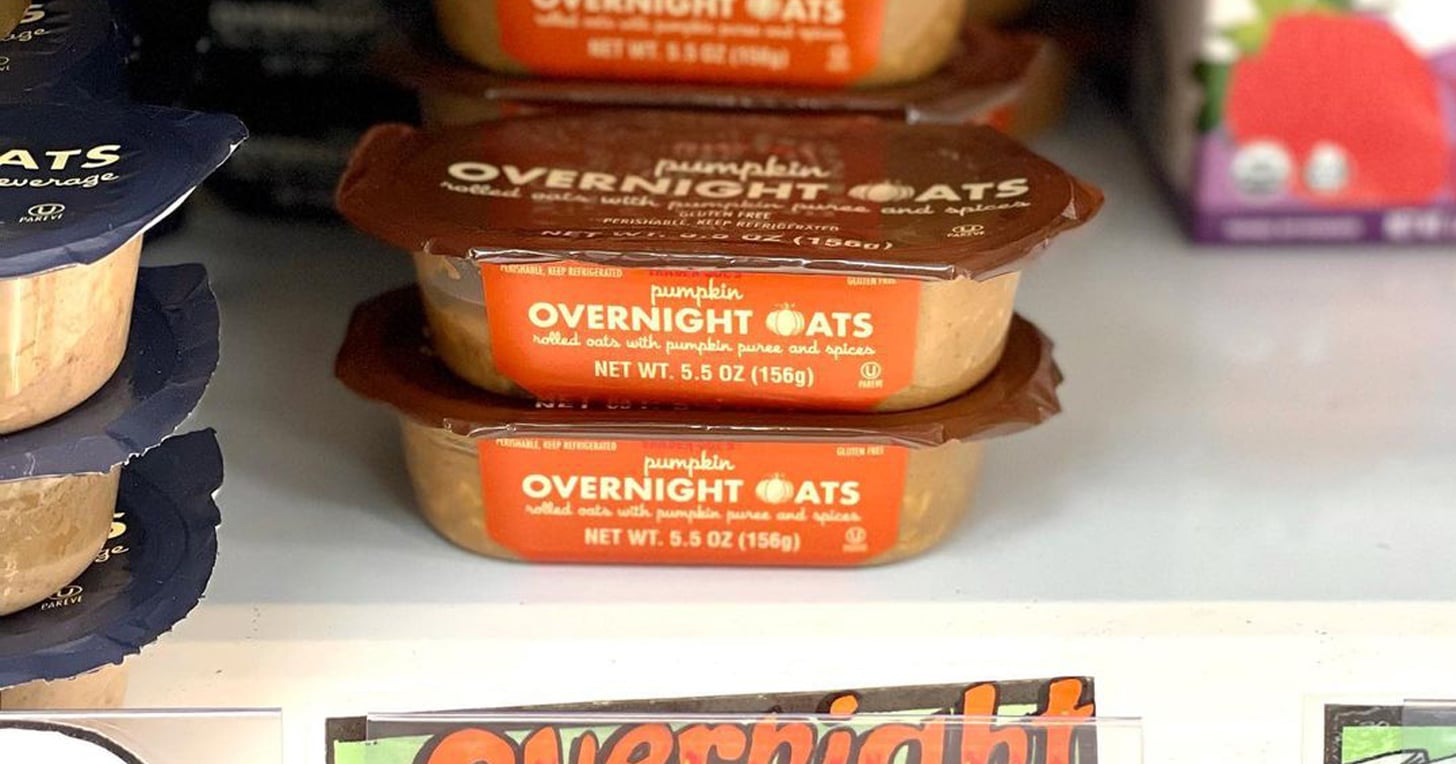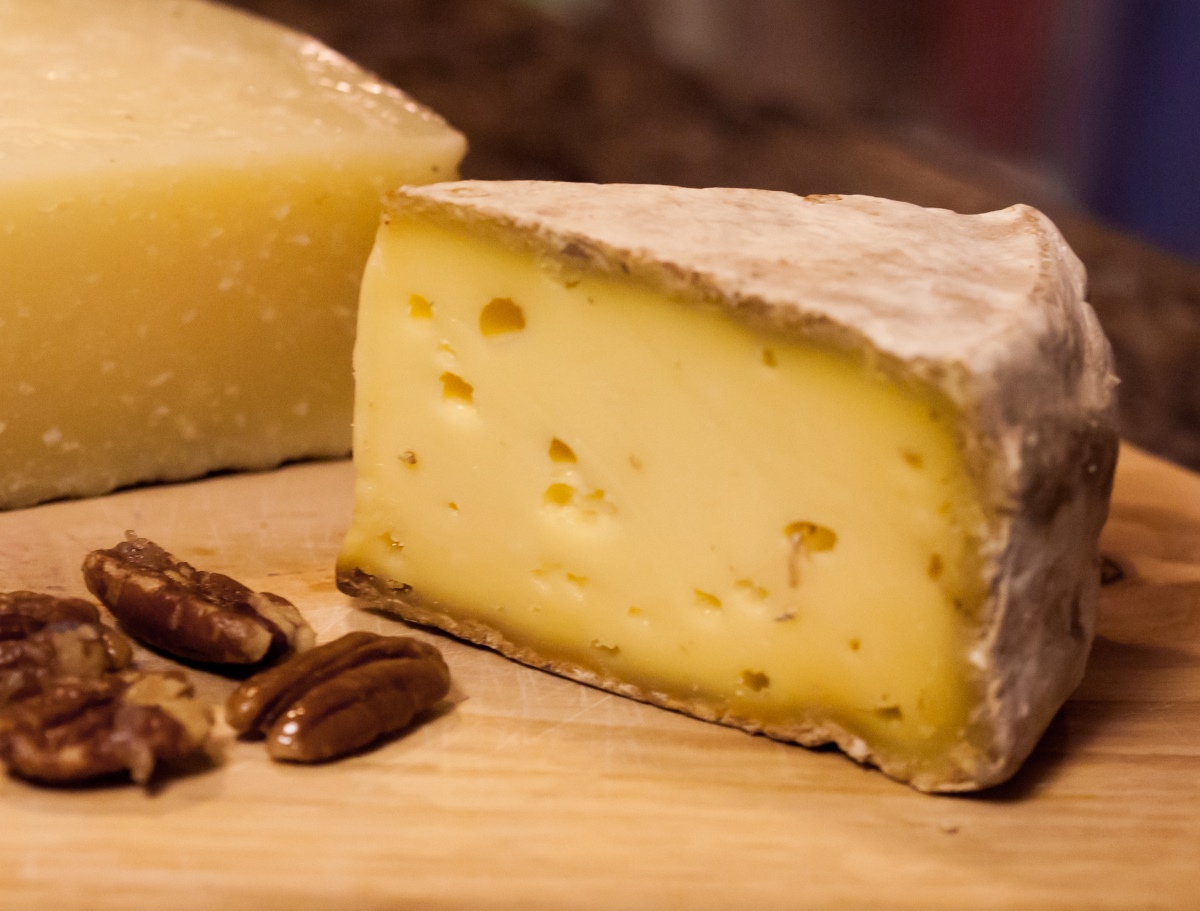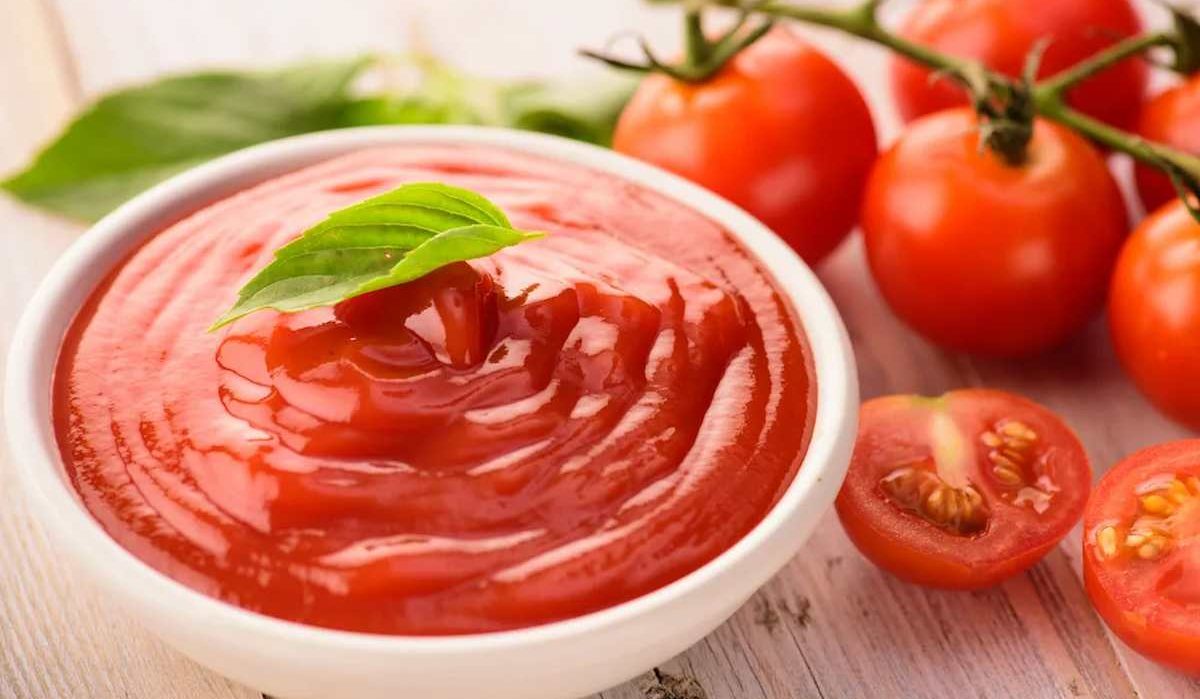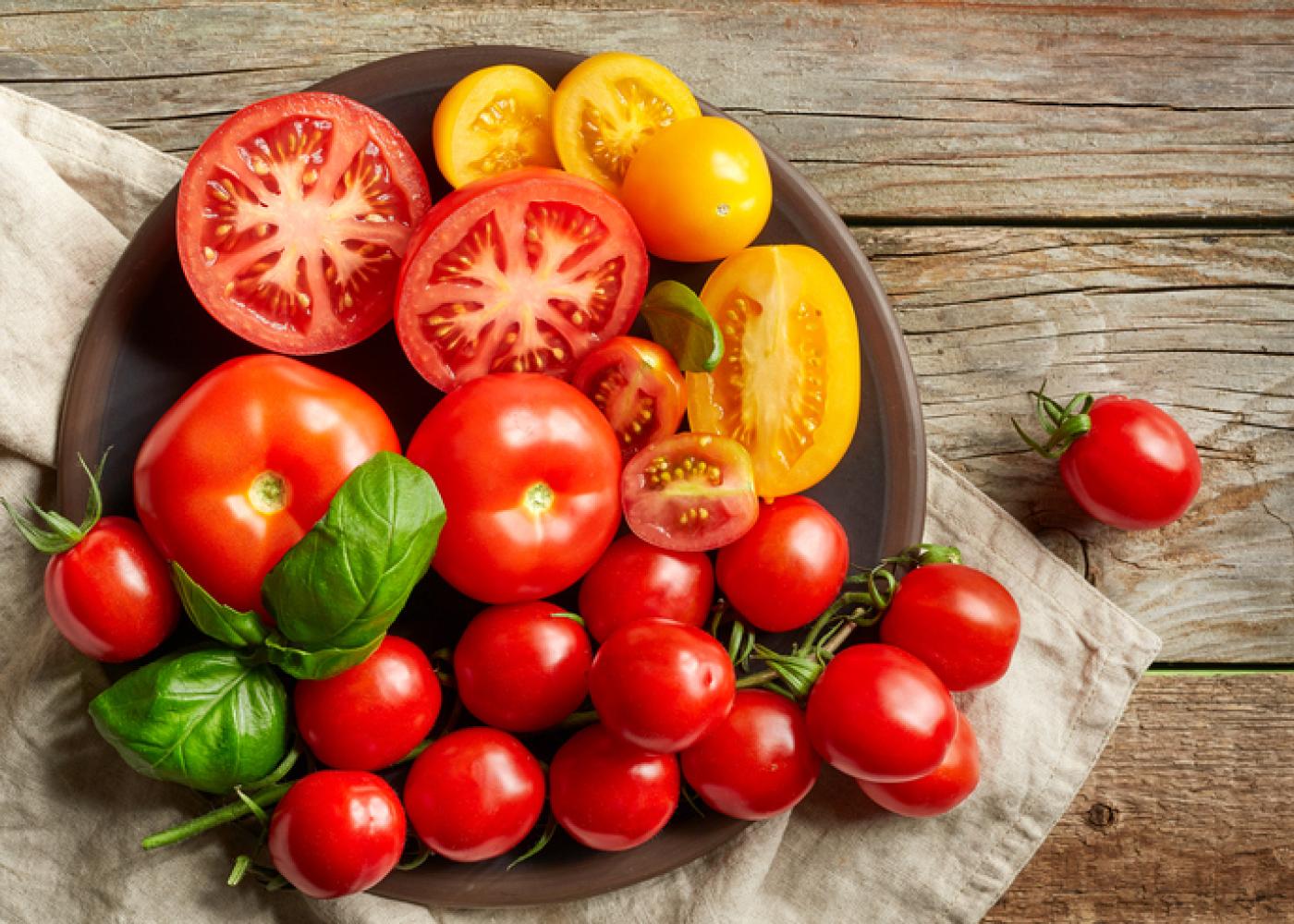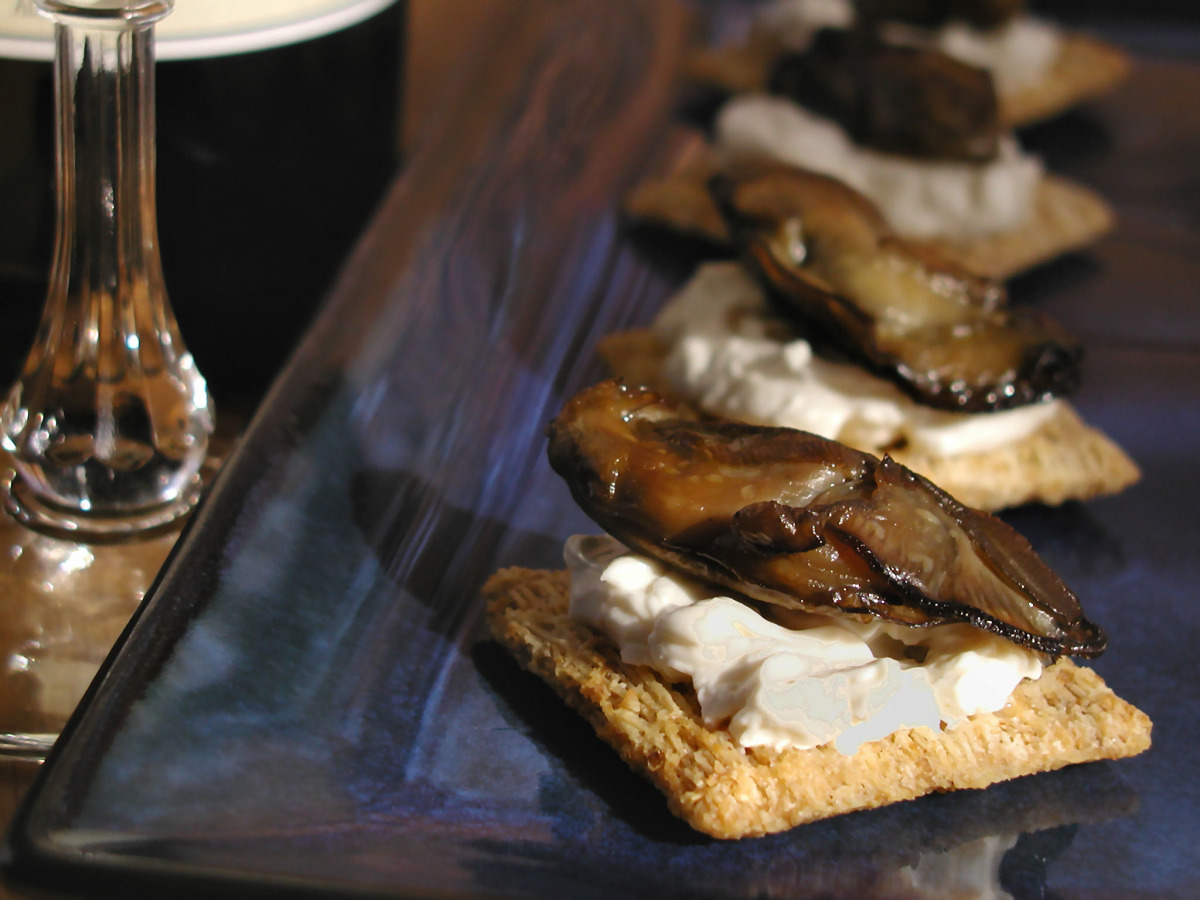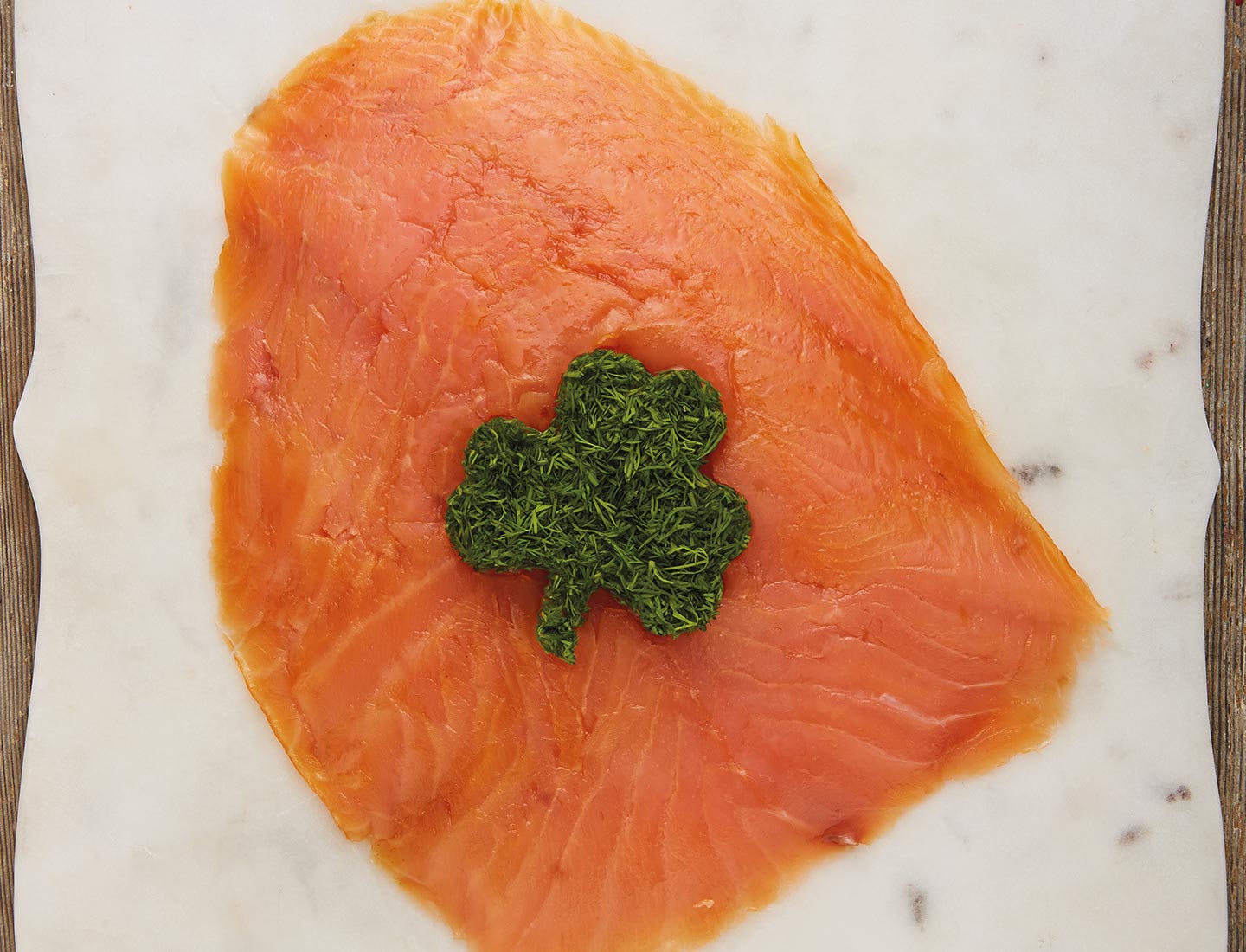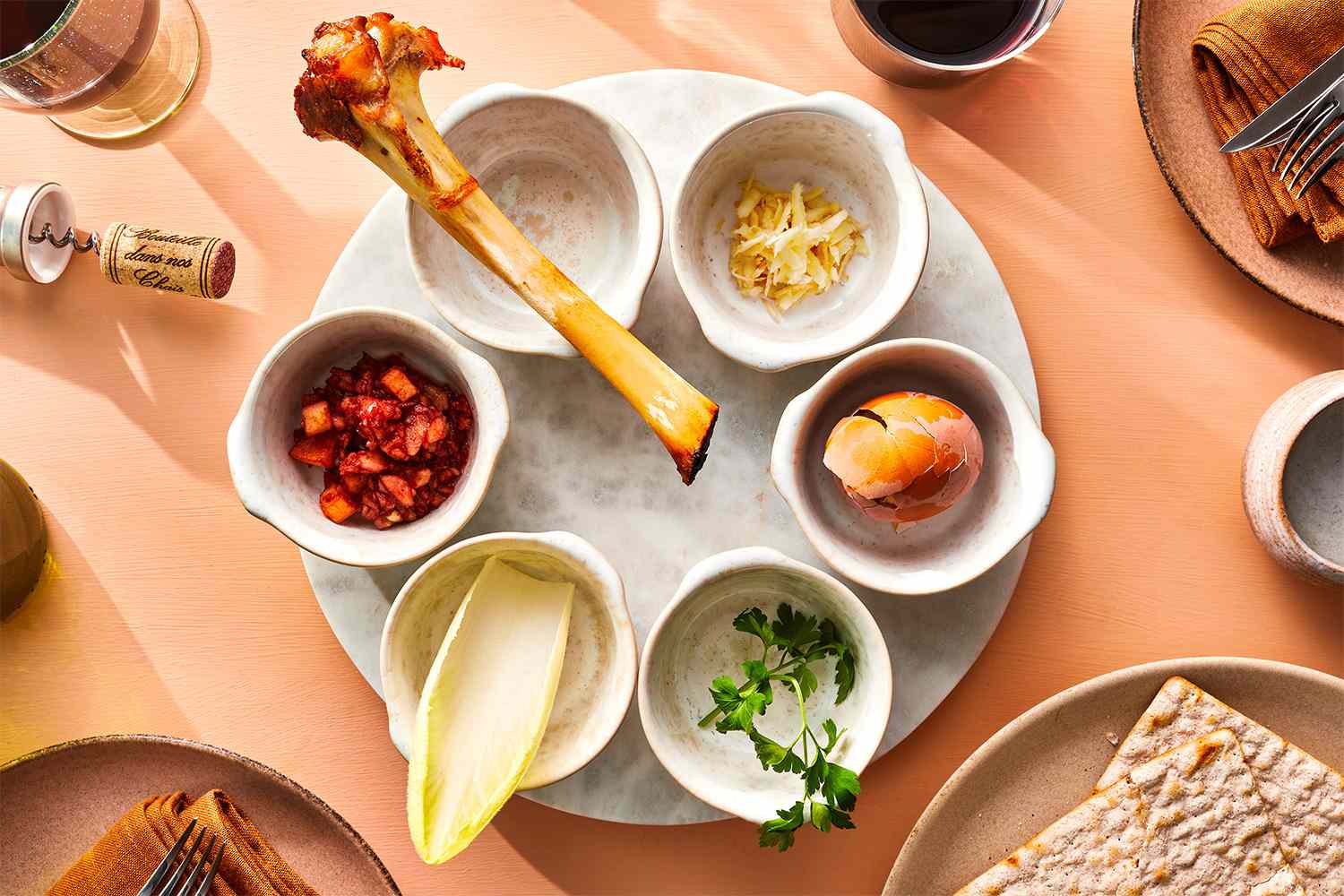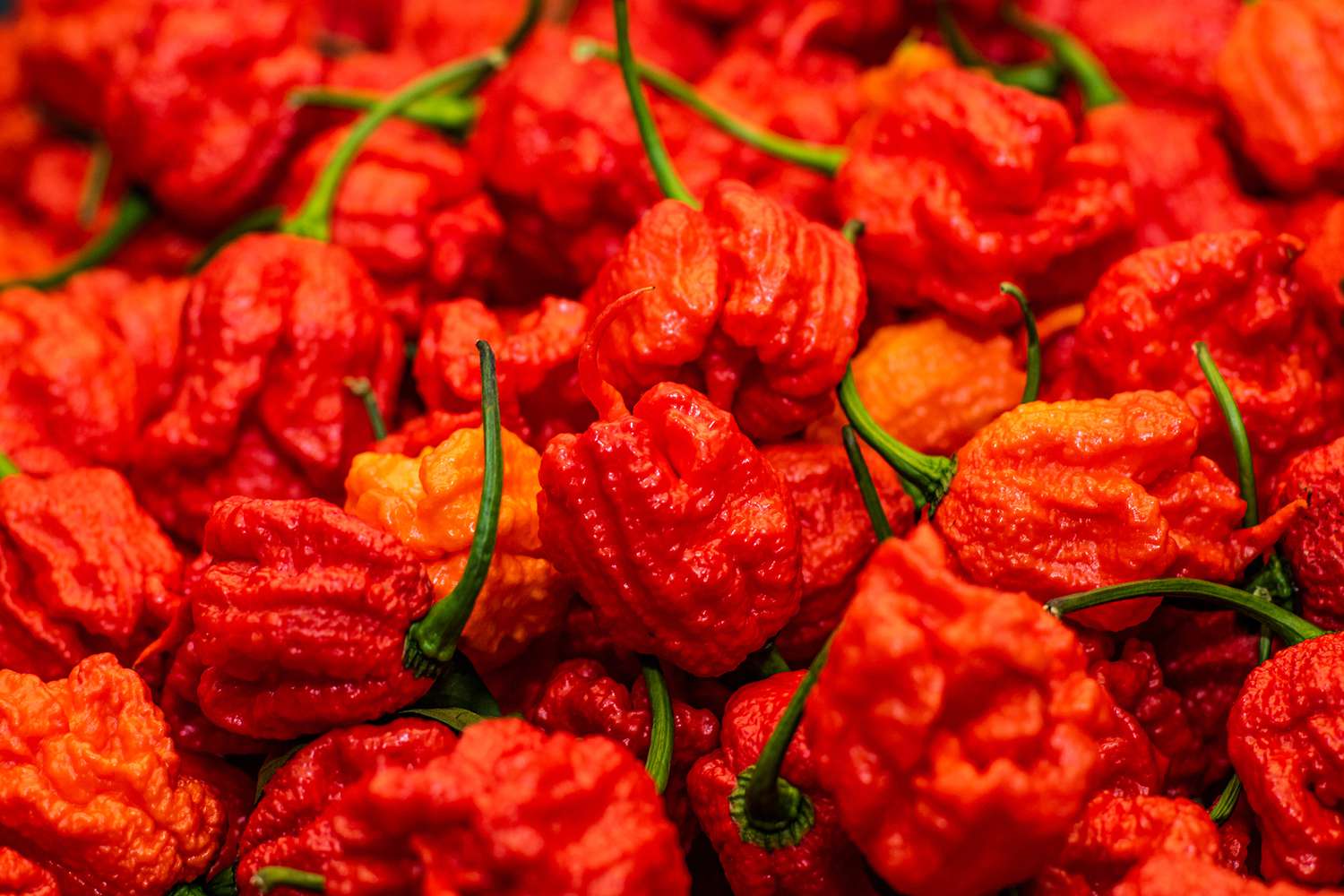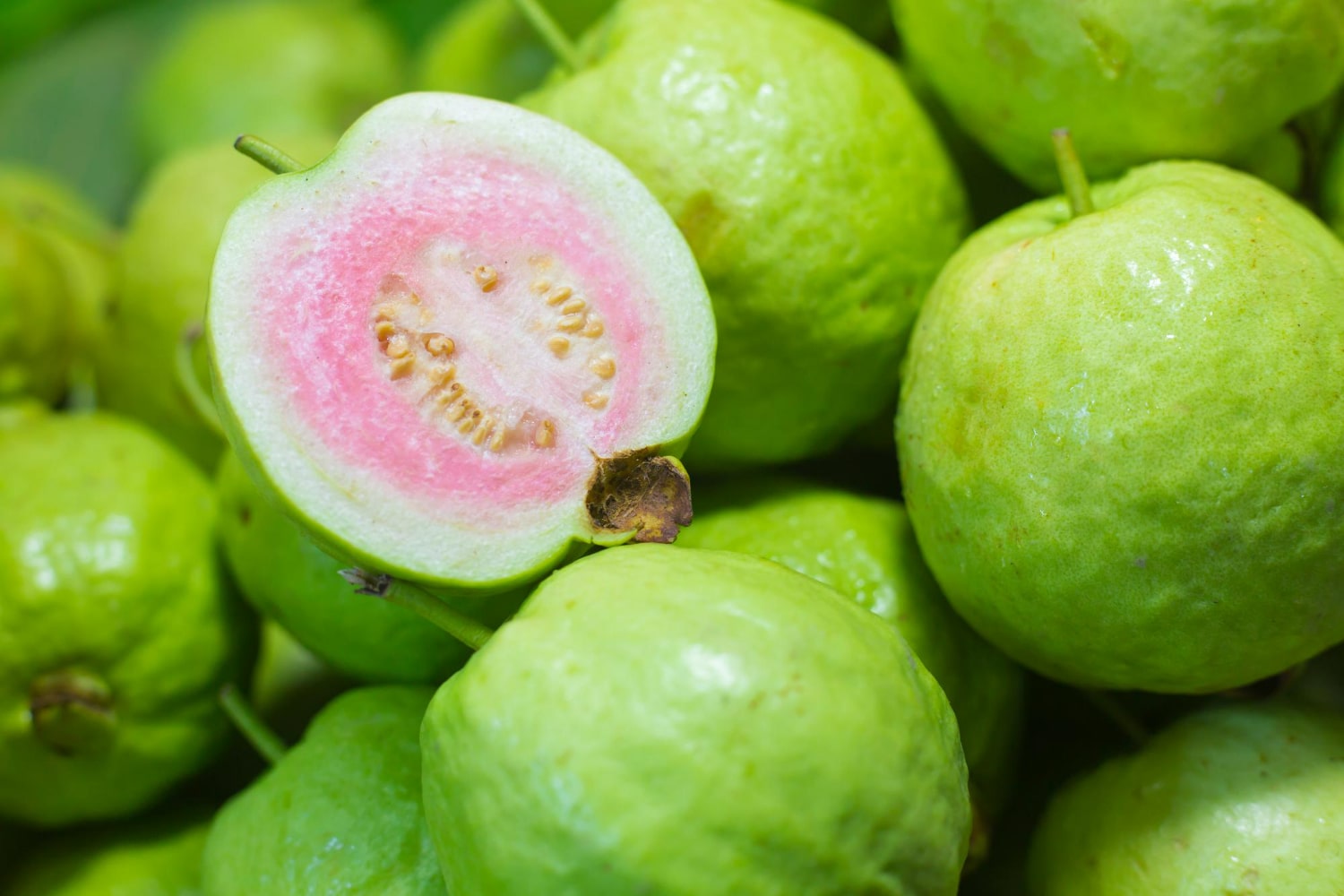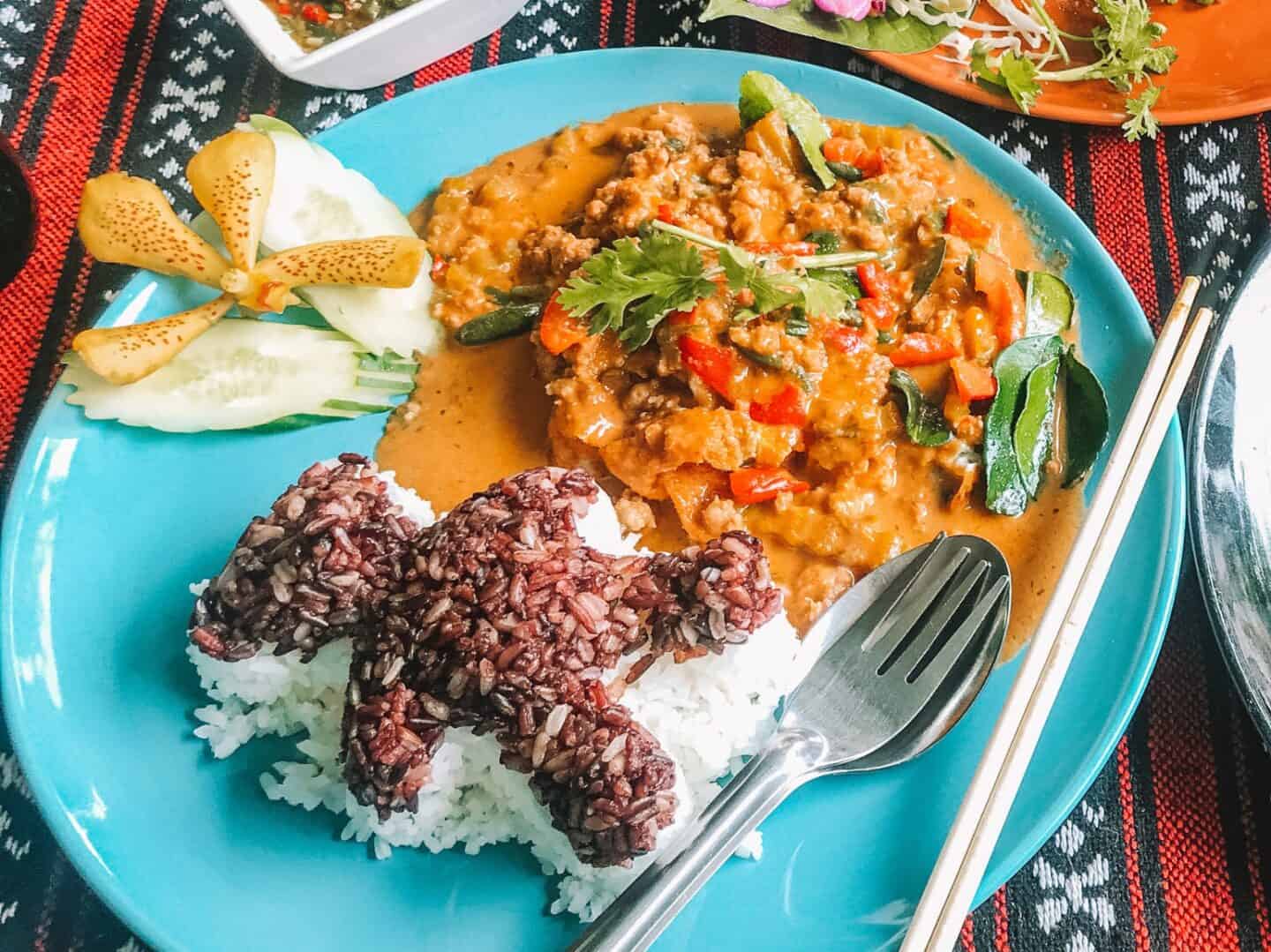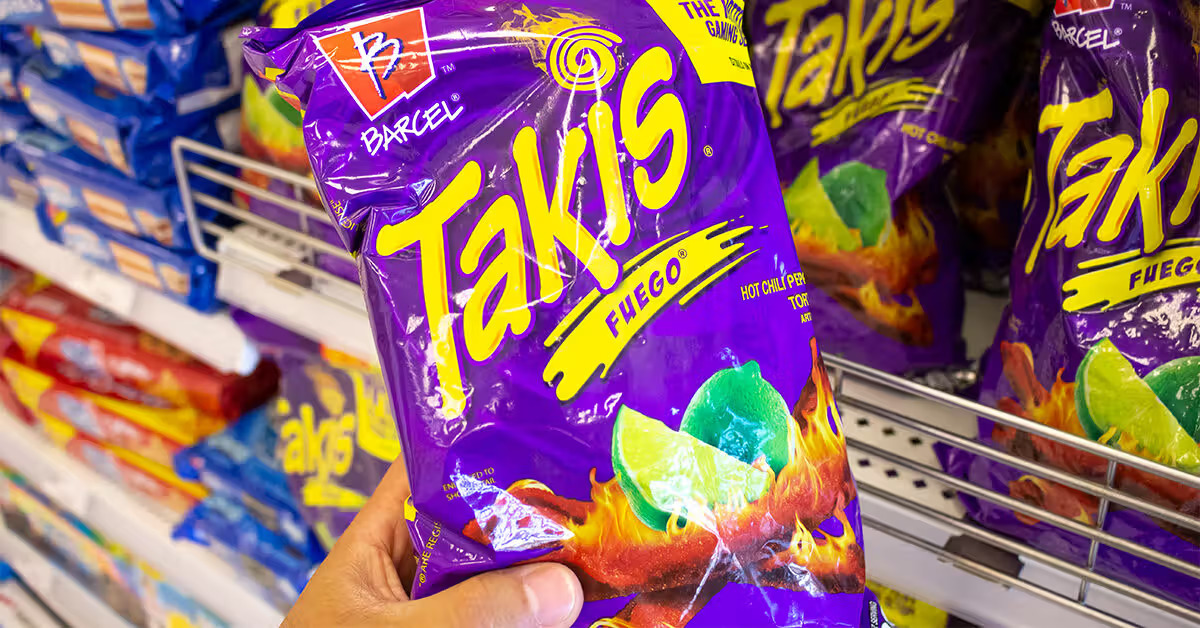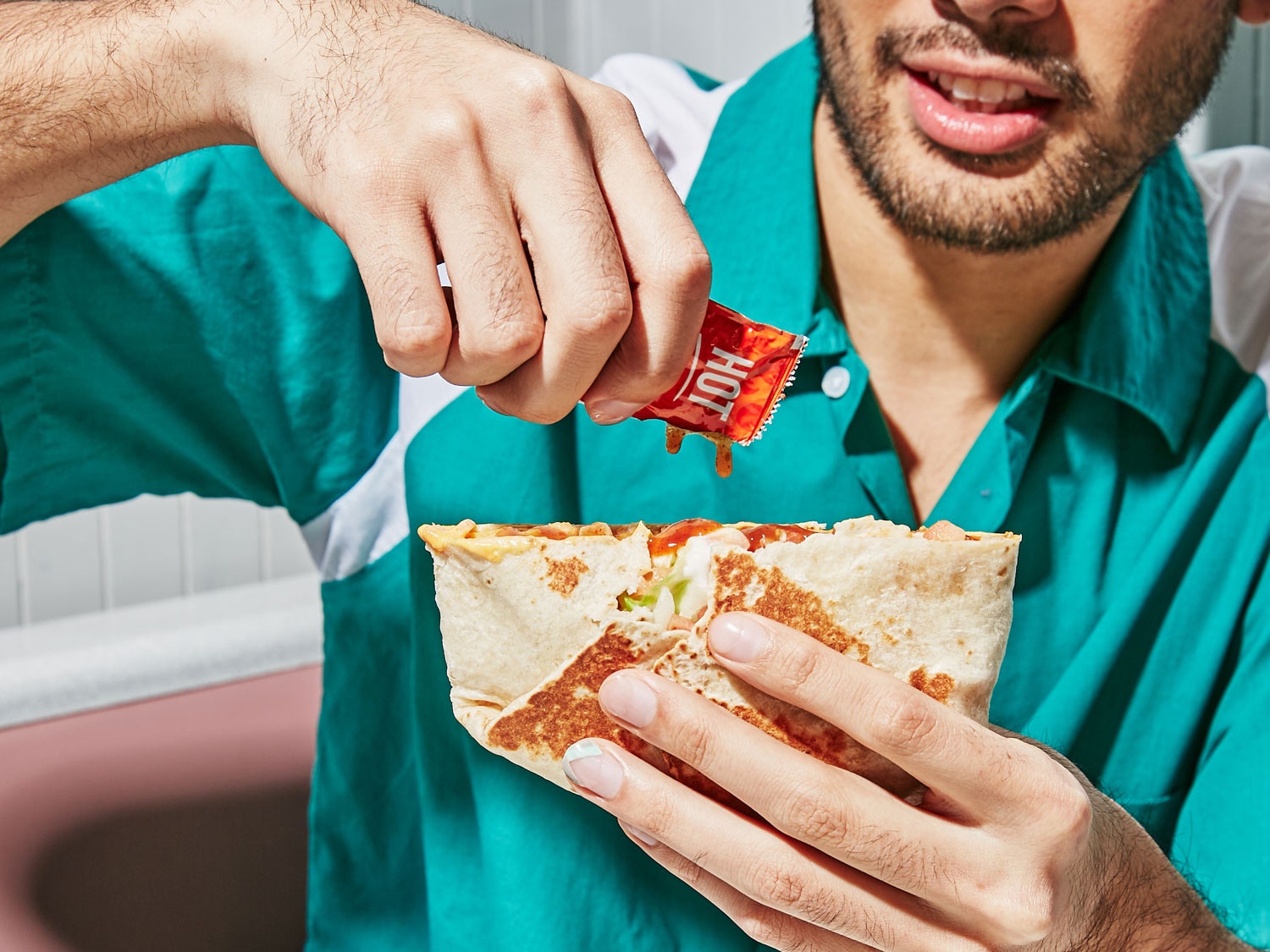What Are Tukmaria Seeds?
Tukmaria seeds, also known as basil seeds or sabja seeds, are tiny black seeds that come from the sweet basil plant. These seeds have been used in traditional medicine and cooking for centuries, particularly in Southeast Asia and India. Tukmaria seeds are often used in drinks and desserts due to their unique texture and health benefits.
Health Benefits of Tukmaria Seeds
Tukmaria seeds are packed with nutrients and offer several health benefits:
- Rich in Fiber: Tukmaria seeds are an excellent source of dietary fiber, which can aid in digestion and promote gut health.
- Loaded with Antioxidants: These seeds contain antioxidants that help protect the body from damage caused by free radicals.
- Hydration and Cooling Properties: When soaked in water, tukmaria seeds develop a gel-like coating, making them a popular choice for cooling drinks in hot climates.
- May Aid in Weight Management: The high fiber content of tukmaria seeds can help promote a feeling of fullness, potentially aiding in weight management.
How to Eat Tukmaria Seeds
There are several ways to incorporate tukmaria seeds into your diet:
- Soaked in Water: One of the most common ways to consume tukmaria seeds is by soaking them in water. When soaked, the seeds develop a gel-like coating, making them perfect for adding to drinks like lemonade, iced tea, or smoothies.
- Added to Desserts: Tukmaria seeds can be sprinkled over puddings, ice creams, and fruit salads to add a pop of texture and a nutritional boost.
- In Yoghurt or Oatmeal: Mix tukmaria seeds into yoghurt or oatmeal for a nutritious and filling breakfast option.
- In Baked Goods: Tukmaria seeds can be added to baked goods such as muffins, bread, or cookies to enhance their nutritional value.
Precautions When Consuming Tukmaria Seeds
While tukmaria seeds offer numerous health benefits, it’s essential to consume them in moderation. Excessive consumption of these seeds without an adequate intake of water may lead to gastrointestinal issues. Additionally, individuals with certain medical conditions or those taking medications should consult a healthcare professional before adding tukmaria seeds to their diet.
Where to Buy Tukmaria Seeds
Tukmaria seeds are widely available at health food stores, specialty grocery stores, and online retailers. When purchasing tukmaria seeds, look for organic, high-quality options to ensure the best flavor and nutritional value.
In Conclusion
Tukmaria seeds are a versatile and nutritious addition to a healthy diet. Whether you enjoy them in refreshing beverages, desserts, or as a topping for yoghurt and oatmeal, these tiny seeds offer a delightful crunch and a host of health benefits. As with any new food, it’s best to start with small amounts and observe how your body responds. With their fiber, antioxidants, and cooling properties, tukmaria seeds are a valuable ingredient to consider incorporating into your culinary repertoire.
More Delicious Ways to Enjoy Tukmaria Seeds
For those eager to try new flavors and textures with Tukmaria seeds, the recipes listed provide a splendid array. I recommend starting with the refreshing sabja seed lemonade for a refreshing twist on a classic drink. It's not only hydrating but also introduces the unique texture of Tukmaria seeds in a familiar setting. Another must-try is the lush mango tukmaria pudding, which combines the lush sweetness of mango with the gelatinous pop of Tukmaria seeds, making it a delightful dessert. For breakfast enthusiasts, the nutritious tukmaria yogurt bowl is perfect, offering a nutritious start with a crunchy, seedy kick. These recipes are designed to be accessible for chefs of all levels while showcasing the versatility of Tukmaria seeds in various dishes.
